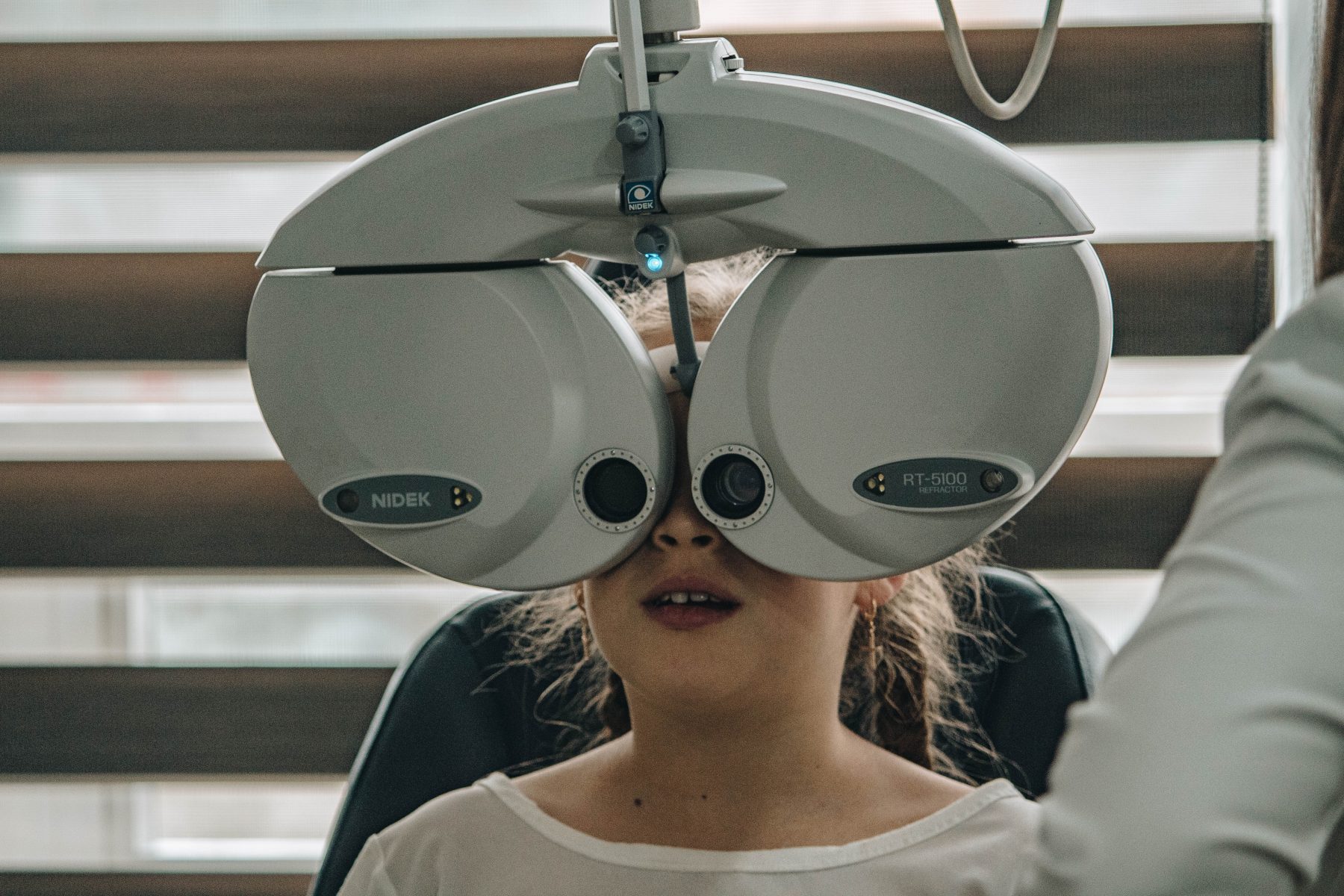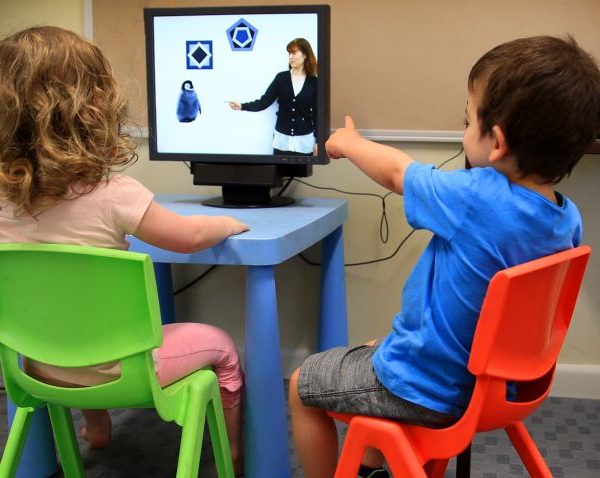Australian first research paper reviewing the ACVIR published internationally

Key findings from ten years of research into the key findings of The Australian Childhood Vision Impairment Register (ACVIR) have been published internationally in the leading journal, ‘Nature’s Eye’, the official journal of The British College of Ophthalmologists.
The ACVIR was established 13 years ago by NextSense as an Australian-first collaboration with industry, government and corporate partners to develop and maintain an Australia-wide record of children with vision loss.
Working in partnership with families, paediatric ophthalmologists, eye clinics and low vision service providers Australia-wide, the ACVIR provides detailed data on Australian children with vision loss, Lead author Dr Sue Silveira explained.
“The Register was established in 2008 because we knew that there was no coordinated collection of data in Australia, which meant children with vision loss were at risk of anonymity,” Dr Silveria said.
“Our 10 years of research, involving over 1,000 children, provides reliable data which can be used by agencies to plan services,” she continued. “This not only benefits children who are blind or have low vision, but also service providers and the government. The data informs on the type of eye and vision conditions that Australian children with vision loss have and how these findings are similar or different to other global reporting.”
“Importantly, it reveals the impact on the child and the support they need to minimise this impact.”
Because children with low vision and blindness are a diverse group with specific needs, it is vital that services can cater for each child in all areas of low vision support such as access to literacy, orientation and mobility, assistive technology and braille.
A change in focus
When the research commenced, ACVIR was focused on capturing clinical data, but over time, the focus has expanded to include more about the child and their family.
“Children and families have lived experience of low vision and their comments are thought provoking and insightful. They help us build our understanding and remind us of what matters – the child and their family, not just their eye condition and the services that surround them,” Dr Silveira said.
Childhood eye and vision conditions are rare and this can lead to a lack of awareness by agencies who engage with families — such as the NDIS. Reporting from ACVIR findings helps establish a foundation of understanding, to recognise childhood vision loss as a legitimate condition that causes significant impact on a child and family and should be included for funding purposes.
ACVIR also provides the opportunity for NextSense to collaborate with other researchers in the field.
Key findings
A key finding of the research is that the most common diagnosis related to vision loss in Australian children registered with ACVIR is retinal dystrophy. This differs from other global findings where a condition called Cerebral Vision Impairment (CVI) tends to be most common.
CVI is the second most common diagnosis found in ACVIR data. Many children also have a significant secondary diagnosis of nystagmus which can also impact on their quality of vision in everyday situations.
The research also identified that there are slightly more boys than girls registered with ACVIR and most children have been born full term. This differs from findings in other countries where prematurity is common. Fortunately, most children receive an early diagnosis by their first birthday which allows for essential early intervention to commence. The most common level of vision impairment is a moderate loss.
A pillar of NextSense Institute research
NextSense Institute Director, Professor Greg Leigh says ACVIR is a major part of the commitment to research at NextSense Institute.
“Blindness and low vision are low incidence and variable conditions in children. A more complete understanding of the demography of those conditions in Australia is a critical step in ensuring that we have a service delivery system that is fit for purpose, and that we are responding to the needs of all children and families within that system.”
“Gaining and maintaining the largest possible number of participants in the register is a critical component of its future success. Dr Silveira is to be commended for her commitment to that task, as are the many families and professionals who have agreed to be part of this important project.”
NextSense, he continued, looks forward to gaining more insights into the nature of childhood vision loss in Australia through ACVIR and the benefits those insights will yield.
NextSense is now turning its attention to CVI and plans to publish a paper on the experiences of children with CVI and their families. This will be the first Australian publication on this topic.
For more information please see here.
Popular

Practice
Provider
Quality
Research
Workforce
New activity booklet supports everyday conversations to keep children safe
2025-07-10 09:00:16
by Fiona Alston

Quality
Practice
Provider
Research
Workforce
Honouring the quiet magic of early childhood
2025-07-11 09:15:00
by Fiona Alston

Quality
Practice
Provider
Workforce
Reclaiming Joy: Why connection, curiosity and care still matter in early childhood education
2025-07-09 10:00:07
by Fiona Alston












